Existing User Log In
New User Registration
Register for a free account to gain full access to the VGChartz Network and join our thriving community.



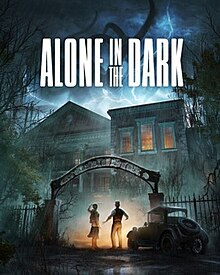

America - Front


America - Back

Pieces Interactive
Action-Adventure
 (Add Date)
(Add Date) (Add Date)
(Add Date) (Add Date)
(Add Date)
| Owners: | 0 |
| Favorite: | 0 |
| Tracked: | 0 |
| Wishlist: | 0 |
| Now Playing: | 0 |
Reviewer's Note: Given how certain praises/critiques demand a bit more detail, this review will contain infrequent STORY & GAMEPLAY SPOILERS. Read on at your own risk.
Maintaining what could be called a "less-known legacy" must be a strange scenario. Although franchises like Resident Evil and Silent Hill have entire wings in the pantheon of survival horror dedicated to their accomplishments, the oft-cited grandfather of said genre never reached the same stratospheric success – neither critically nor commercially. Given that its last entry was syphilis in game form (Alone in the Dark: Illumination), seeing the series revived at all suggests it continues to carry some cache. Still, the situation for Pieces Interactive – a studio whose previous work under publisher THQ Nordic consisted of two Titan Quest remaster expansions – reimagining the 1992 classic feels more momentous in spite of the series' inconsistent history. Perhaps that's why it deserves a certain respect, even if it doesn't fully escape the shadow of its contemporaries.
The ho-hum beginning makes for a welcome change of pace. After receiving a mysteriously-phrased letter from her uncle Jeremy, Emily Hartwood (played by Jodie Comer) sets out with private eye Edward Carnby (David Harbour) to the Derceto Manor in the backwoods of 1930s Louisiana. As luck would have it, Jeremy has gone missing, though it'd be hard to tell given the attitude of Derceto's orderlies and guests; then again, it’s tough to expect the most energetic bunch in a quasi-mental ward. It's the classic setup for a whodunit where you either select to play as Carnby or Hartwood while disinterring Jeremy's whereabouts, as well as the dark secrets haunting this place.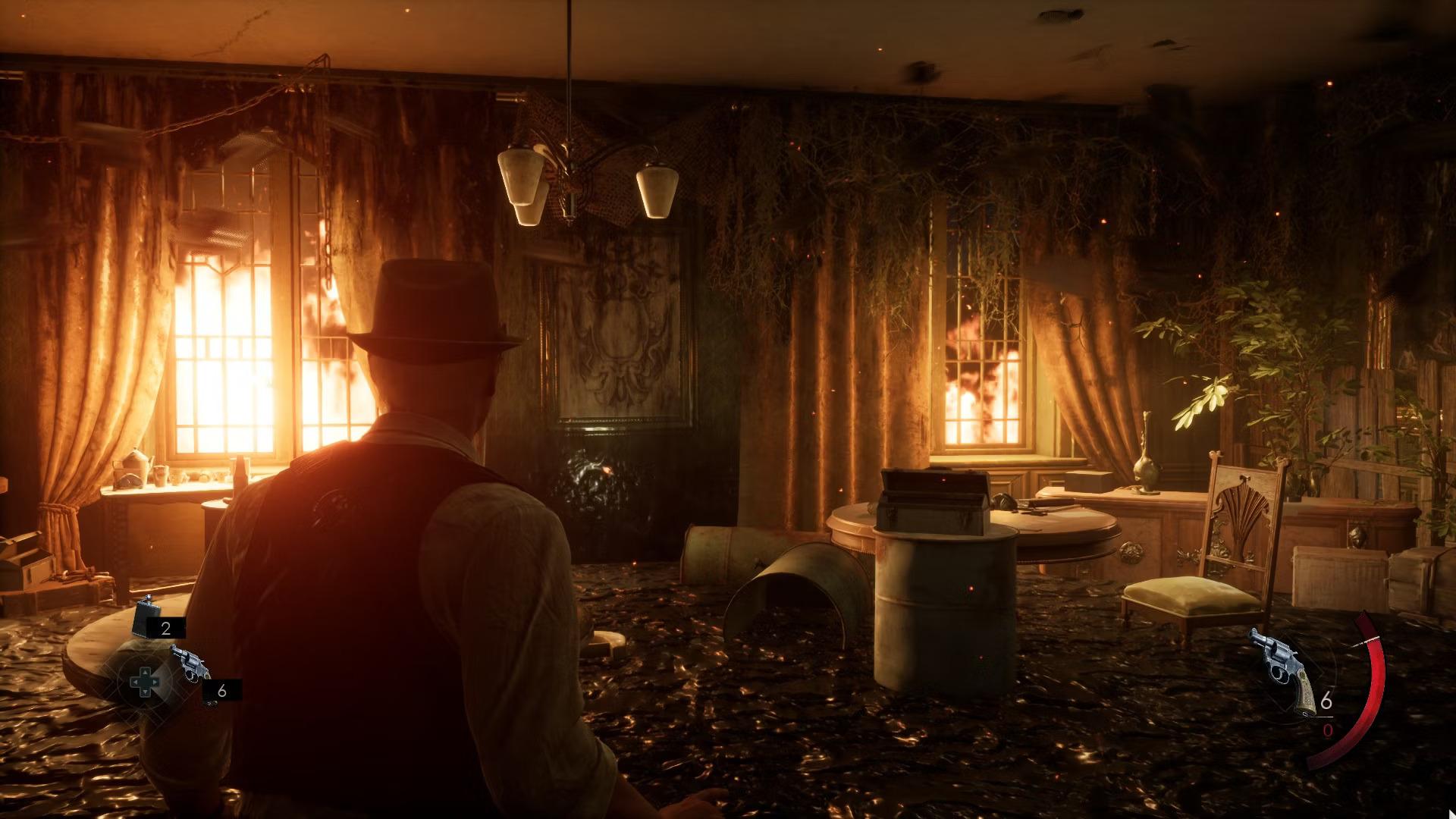
It doesn't take long for the potential Agatha Christie premise to veer towards Bayou Lovecraft after leaving Derceto; although, "leaving" wouldn’t be the correct term. Not only does the manor contain special locked compartments and secret doorways, it's also treated like an atrium into parts of Jeremy’s subconscious mind. Unlike a similar plot device in something like Inception, the way in which these dreamscapes spill over into Derceto feels more unintentional, as though an action you made summoned voodoo magic to transmogrify a guest room into a rusted shack in the swamps. A towering, enigmatic figure called "The Dark Man" has seemingly corrupted the manor to make this seamless location-hopping a reality.
Perhaps the most surprising storytelling route Writer/Director Mikael Hedberg (the impressive scribe behind SOMA & Amnesia: The Dark Descent) took here is with characters and dialogue. Whoever you play as whilst taking unannounced jaunts into Voodoo Neverland, your co-lead's demure skepticism of these trips presents a strange unease, especially when interrogated later on; conversely, many of the orderlies and patients have grown used to the illogic in a way that seems nonsensical too, further questioning if everyone sees the same thing. Even the precocious red-headed girl, Grace (who starred in the separate prologue), takes more of an interest in teasing you instead of rationalizing what's going on. That doesn't mean this awkward approach always works; Jodie Comer's acting often sounds drowsy and disaffected for instance, but the way it fuses with the stifling atmosphere feels like a nice antidote to the trite Marvel quips ingrained within modern pop culture.
Hedberg's approach also places special attention on environmental storytelling and collectibles weaving their way into every plot thread – for good and for ill. For the player more invested in the meat ‘n potatoes of Alone's narrative (i.e. cutscenes, dialogue, etc.) there's a gamble relying on the audience to do homework, especially since this solid supporting roster of femme fatales, jovial Southern alcoholics, and so on deserved more screen time; further, one later boss will seem misplaced without sparing time to learn his background. Even if it does lean too much on flavor text for its own good, it's easy to hanker for more by virtue of it being so interesting. The fast-and-loose nature of the Derceto Manor's history and how that bleeds into the wildly varied dreamscapes, the intriguing tie-in of voodoo magic, and insane last-inning surprises feels more substantial whilst gleefully indulging in some expected tropes.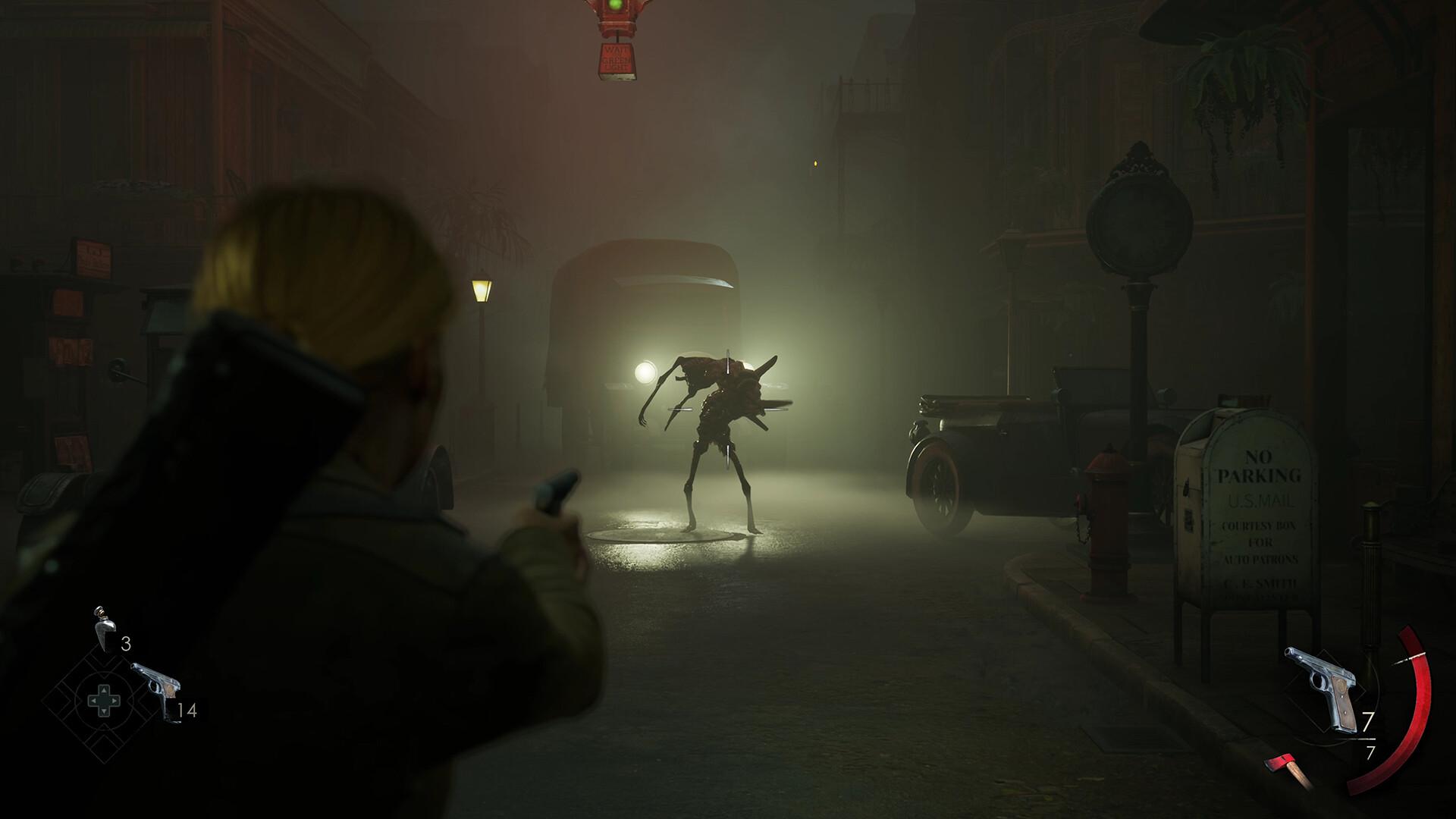
Past just feeling like homework for the story's sake, some lore tidbits inform its best puzzles. Carnby's detective work feels perfectly at home when searching a room for certain clues and cross-referencing them with previous handwritten notes; the most noticeable clade of these would be zodiac symbols for locks or codes. A few others follow a similar good principle while also revealing neat story details, like a long-lost artist colony (presumed dead). Not all brainteasers are created equal, sadly. Roughly half devolve into basic tile-matching or picture-matching that rarely have any nuance or zip; even worse, some basic ones can unintentionally fool you into thinking they're clever. The biggest example involves a letter effective saying "WHAT is left… WHERE is right… Let HELL take the rest." When reading the whole letter, it's reasonable to read a deeper intention based on the transcript's mini-story. You could be tempted to scour the room for more intel; instead, it's just about the number of letters in what, where, and hell. And if you miss that nonsensical hint, you can double back to where you grabbed the letter to see a code conveniently scratched into the fine wood drawer.
While also simplistic to its core, at least the combat maintains a nice tempo. None of the arsenal really surprises here: there's Carnby's revolver/Hartwood’s 1911 pistol, a shotgun, Tommy gun, and a selection of melee weapons. The goal within these combat scenarios emphasizes using the environment in order to keep more ammo on hand. The zoomed-in third-person perspective is obviously evoking the recent Resident Evil remakes against schlocky horror monstrosities. Beyond not quite reaching similar production qualities (as expected for this smaller production) and some annoying camera mishaps, some features lead to more static and… somewhat goofy tactics. While the environment typically has convenient bricks and Molotov cocktails strewn about, they can't be stored in your inventory (a la The Last of Us). Either you plant your feet and quick throw on the spot or awkwardly carry it around while your shoes are now magically filled with cement. It's one of the most mechanically awkward ideas in recent memory.
While more kinesthetically rewarding in their immediacy and punchiness, it's a shame melee weapons weren't more complex. They all follow a simple rubric: breaking to splinters after enough light or heavy thwacks. While the bountiful variety of aureate candlesticks, sharpened axes, wooden oars, and so on are visually distinct, I can't recall any mechanical difference between them in damage output or reliability. There was a great opportunity to have a flexible risk/reward system like the Condemned series; imagine weighing between deadlier output but longer wind-ups or vice versa. That's not to rag on Alone's gameplay altogether. The ebb 'n flow of close-quarters combat, backpedaling, quick evading, throwing items, and shooting, does just enough to never wear out its welcome. And as much as I enjoy praising Alan Wake II at every turn, Alone's combat frequency hits a happier middle ground of action peaks and valleys.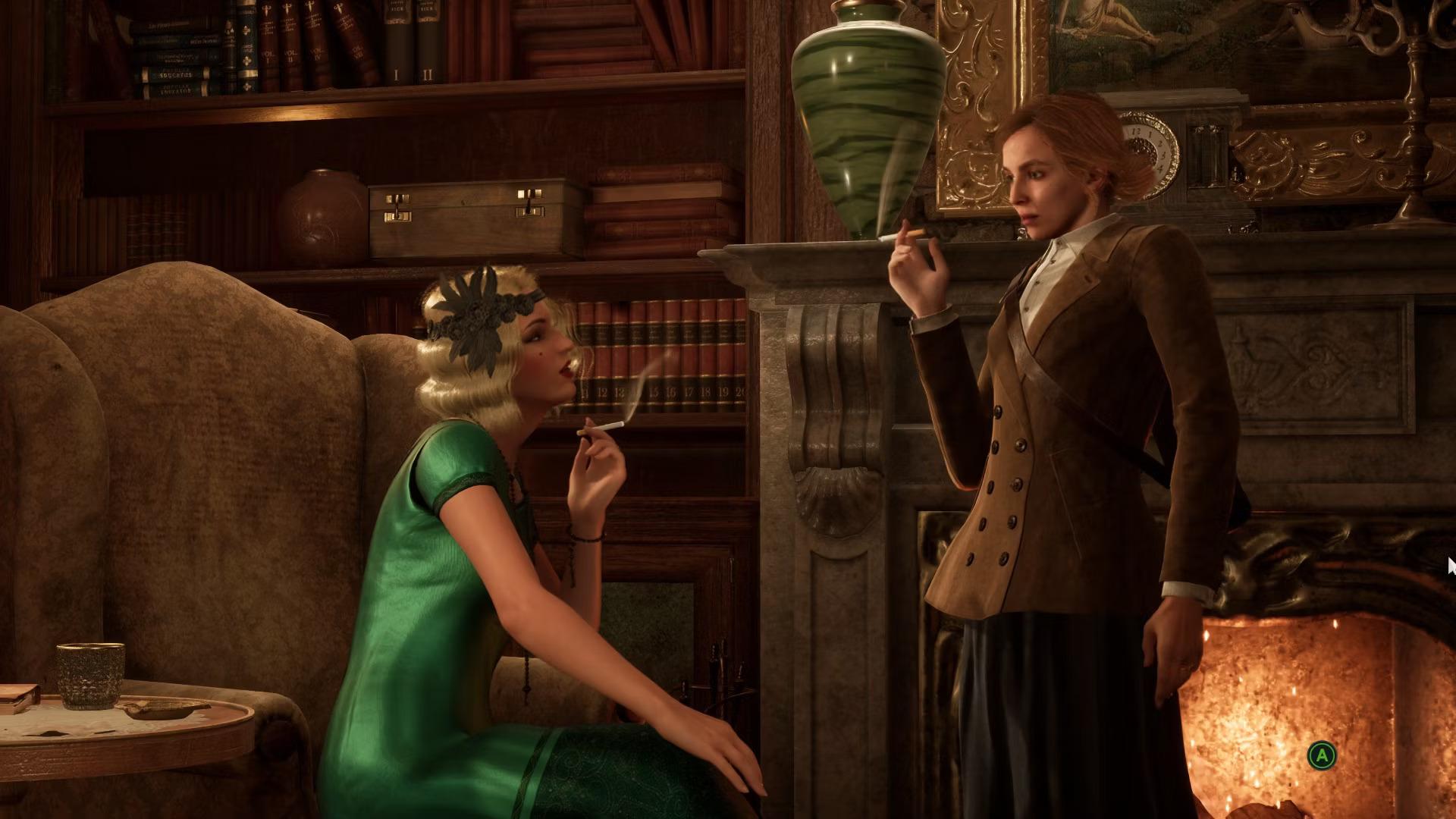
I'll admit: my emphasis on "rewarding simplicity" could worry seasoned survival-horror aficionados. As the genre has cultivated its own identity, there comes different expectations on resource-gathering, puzzle-solving, and so on. As someone who beat it on Hard and Classic objective settings, it does sadly stumble into Baby's First Survival-Horror too much in this respect. Look at Resident Evil Remake as a counter-example: whether or not to kill certain zombies. If you did and couldn't find fuel to burn them, they'd eventually continue stalking the halls as tougher Crimson Heads. Outside of the rare exception, all combat takes place within these dreamscapes rather than Derceto proper. So, you're trained to be combat-ready for linear segments whilst casually moseying about the semi-open manor. Resource tension is also alleviated by the AI game director in the background. If you're doing a stellar job of killing enemies with minimal damage or ammo, the game becomes parsimonious with its ammo boxes and health items; if routinely failing, you're bequeathed with more than you could ask for. The issue is less to do with helping failing players and more about feeling the over-assertive hand in both directions.
Even if that classic genre dynamic is missing from the manor, exploring Derceto & the dreamscape extensions remain a true joy. It plays by the books of conveniently-locked doors and blocked pathways, but there's something to be said about a lovingly-rendered mansion where you can quickly find your bearings and know where to go next by your protagonist's commentary. Even if which keys you unlock and when does lead to excessive back-tracking, it's hard to hang that critique against it when Derceto's blueprints feel well-composed and intentional. Perhaps that's alleviated by the diverse landscapes you're whisked away to the further you explore Jeremy's mind. Distant places like sunken tombs and Mexican convents are pleasant contrasts to the bayou and fog-drenched warehouses, all of which worth thorough exploration for their environmental design and atmosphere.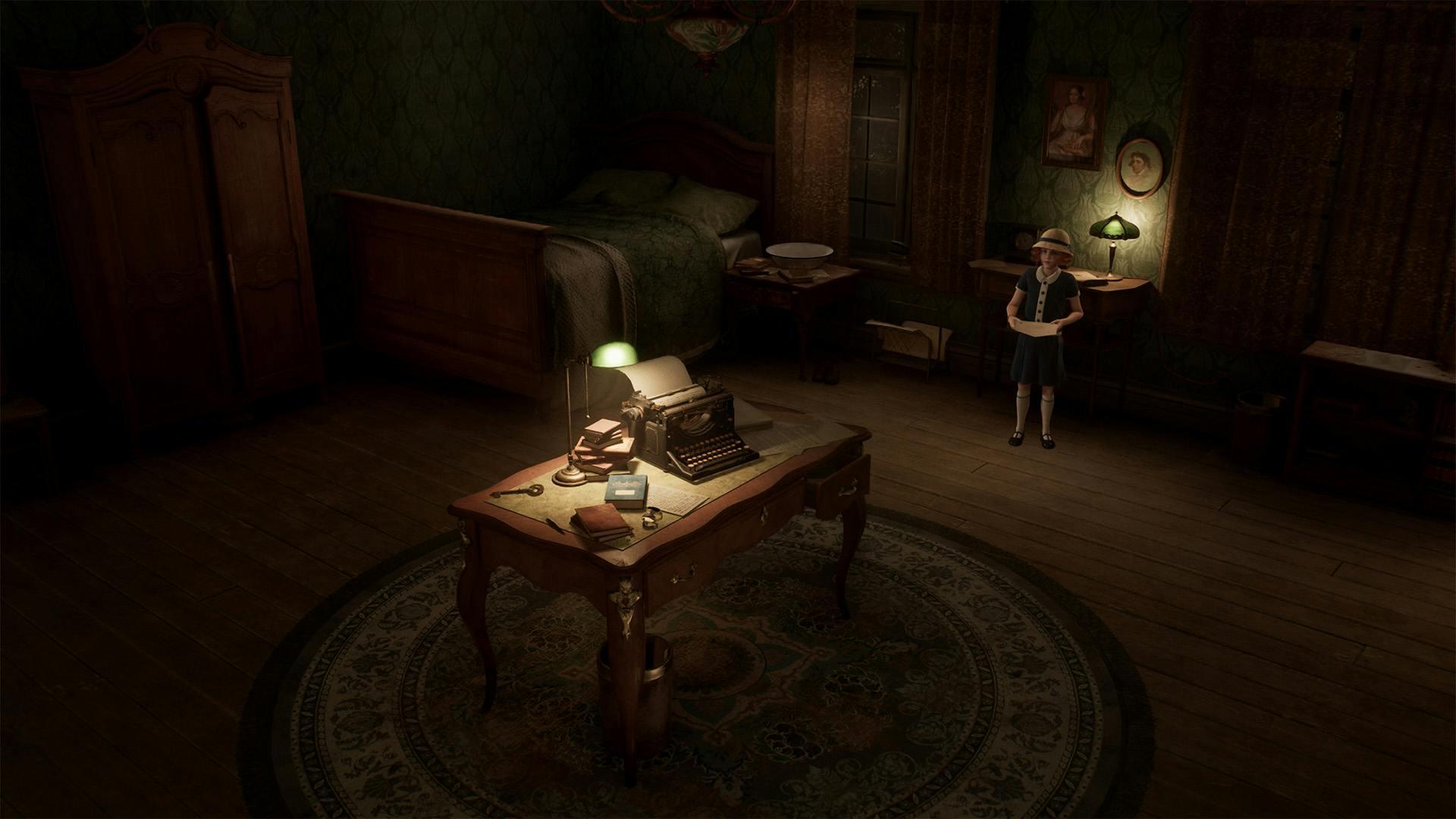
How alluring exploration through pretty places is to you could play a deciding factor on Alone's overall value. As someone who completed a Carnby "near-completionist" playthrough (only a few missed extras), a brisk 8-hour run for the latest middle-market standard of a $60 game feels inoffensive in light of its other features. Although the guts of the experience remain the same - just with the lead/support roles reversed, each lead's campaign feels more substantial than a New Game+ mode in my eyes. Granted, I haven't completed my second run with Hartwood as of yet, but I could immediately spot and appreciate the slight disparities between both leads. The little things like different character interactions (cutscenes and in-game) and character-exclusive collectibles, alongside bigger things like each having a unique level, add enough texture to be more than a simple gimmick. And because the core experience feels succinct already, arm-twisting players with two complete playthroughs for a hidden ending doesn't seem unwarranted or obnoxious in this case.
In one sense, it feels strange to even think Pieces Interactive had big shoes to fill with this series' legacy. Given what's come before, did it really? And yet, even when considering the last two flops over a two-decade span, there's still something about Alone in the Dark emblazoned on a title screen that carries a sense of revered history. In that respect, perhaps this reboot's best accomplishment is in honoring that spirit through its inventive world. It's also fair to emphasize knocks against its survival-horror design, some puzzle-solving, and so on; it certainly won't be considered a trendsetter like the 1992 classic. Still, the amount of goodwill wedded to its brighter qualities makes for something that dawdles the line between unfortunately-flawed and impressively-enticing.
Contractor by trade and writer by hobby, Lee's obnoxious criticisms have found a way to be featured across several gaming sites: N4G, VGChartz, Gaming Nexus, DarkStation, and TechRaptor! He started gaming in the mid-90s and has had the privilege in playing many games across a plethora of platforms. Reader warning: each click given to his articles only helps to inflate his Texas-sized ego. Proceed with caution.









